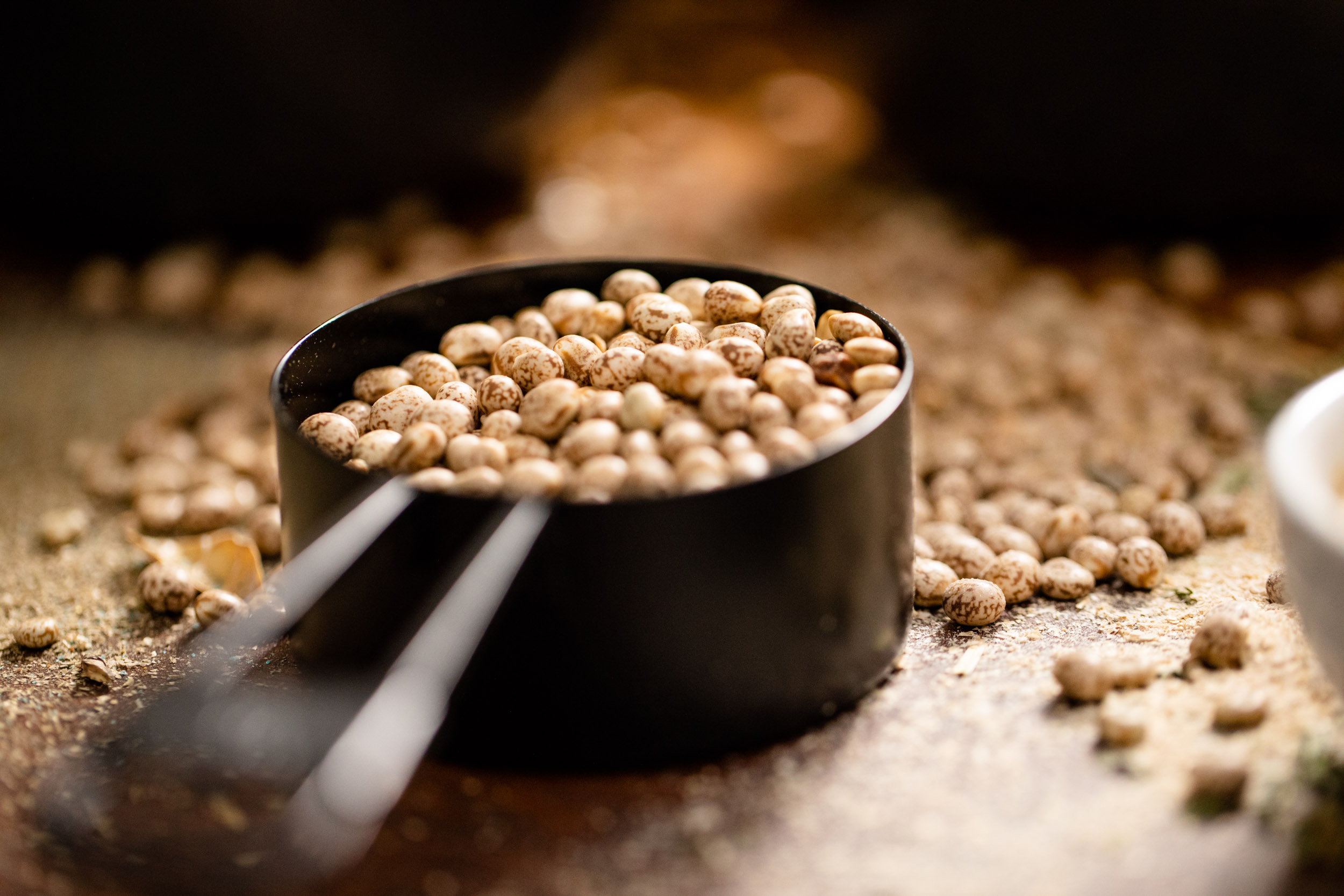The lupin (Lupinus spp.) is part of the legume family of plants. These plants include:
- Beans
- Peanuts
- Peas
- Lentils
- Soybeans
- Chickpeas
Legumes have a long history of human use either for consumption or as a crop used to feed livestock.
There are many varieties of lupins grown worldwide. The main varieties in use for human and animal consumption are European white lupin (L. albus), Australian sweet lupin (L. angustifolius), and yellow lupin (L. lutues).
The lupins used in HYGAIN Feeds are the Australian sweet lupin (Lupinus angustifolius), also known as the narrow-leaf lupin

WHERE ARE LUPINS GROWN?
Australia produces 80 to 85% of the world’s lupins and provides 90 to 95% of the exports worldwide. Most Australian sweet lupins are grown in Western Australia and are often used in crop rotation with cereal grains like wheat to help with nitrogen fixation in the soil.
The lupins used in Hygain feeds are non-GMO. They are carefully selected before use in our feed mill, and then packaged in our feeds and sent to the US for your horses to enjoy.
LUPINS AS AN ANIMAL FEED
Lupins have been used in animal feed for quite some time in regions of Australia and Europe, as they are a readily available and affordable crop. Studies have shown that lupins in feed have a positive impact on body condition and production in cattle, pigs, poultry, and even some aquaculture.
Lupins have been approved as a horse feed more recently in the United States, as their nutritional properties have made them a compelling new feed to horse owners.
NUTRITION BREAKDOWN
Lupins are low in fat, starches, and sugars and are an excellent source of protein (28-34% crude protein) and fiber (11-15% crude fiber). Up to 90% of the crude fiber in lupins is digestible fiber, which is efficiently digested by the horse’s hindgut.
Compared to soybeans, which are the primary protein source in most US horse feeds, lupins offer:
- Higher fiber
- Lower Fat
- Lower starch and sugars
Lupins are slightly lower in protein than soybeans, which can necessitate the addition of a small amount of another protein source (such as soybean meal, canola meal, or alfalfa meal) to help boost essential amino acids like lysine, methionine, and threonine.
WHAT TYPE OF HORSES CAN HAVE LUPINS?
Lupins are an excellent source of energy and protein for all horses. From breeding stock and young horses to performance horses and beyond, lupins make an excellent feed choice for focused energy and quality protein with low starch and sugar.
Lupins are an energy-dense source of protein that can promote good muscle development and recovery, aiding in the longevity and overall performance of horses in any athletic endeavor. They provide “cool” energy, allowing horses to be focused and rideable in all pursuits.
Lupins are useful for horses with feed sensitivities to cereal grains and other feed additives, who will have a reduced likelihood of feed-related behavioral issues affecting performance and health. Lupins can also make up part of a healthy, low-starch diet for horses with digestive or metabolic issues.
|
|
Lupins |
Soybeans |
|
Crude Protein |
33% |
40.2% |
|
Crude Fiber |
15.9% |
6.3% |
|
Crude Fat |
5.9% |
20.5% |
|
Starch |
4.2% |
5.9% |
|
Total Sugars |
5.8% |
8.4% |